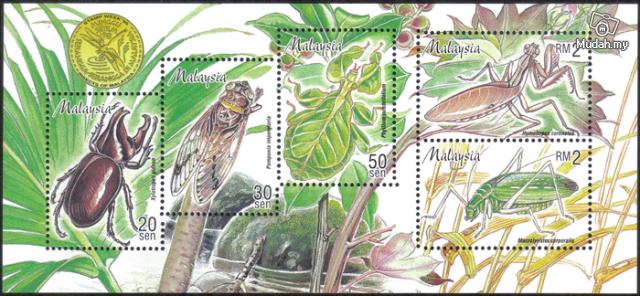Parts per billion of neonicotinoids in pollen are indeed infinitesimal, but they do cause adverse effects on honeybees. Luc Belzunces, a bee researcher at INRA (the French Agricultural Research Institute) in Avignon published “Discrepancy between acute and chronic toxicity induced by imidacloprid and its metabolites in Apis mellifera” (Environ. Toxicol. Chem. 20(11):2482-6) in 2001. He found an acute lethal dose of imidacloprid of only 40 nanogram per bee, much less than most other insecticides. However, his big discovery was that the lethal dose from chronic exposure to imidacloprid was 4,000 times less, “Ingesting 1 picogram a day was enough to kill a bee within 10 days”, he told INRA magazine (June 2009). “Moreover, imidacloprid degrades into 6 metabolites, some of which are even more toxic.” He said that the capacity to measure very small traces of imidacloprid in pollen now shows that the concentration is in the range of microgrammes per kg (parts per billion) of pollen and that this constitutes a risk for bees.
Luc Belzunces' conclusion was subsequently substantiated by Dr Jeff Pettis of the US Agricultural Research Service and his colleagues (published in 2012 in Naturwissenschaften DOI 10.1007/s00114-011-0881-1). Since one thing common to bee colonies that go on to collapse seems to be a greater variety and higher load of parasites and pathogens than other colonies, they wondered in particular whether neonicotinoids might be weakening the insects’ immune systems, and thus allowing infections to spread through a hive. To find out, they gave 20 hives protein food (a substitute for pollen, which is fed to developing larvae) that had been spiked with imidacloprid. In ten cases the dose was five parts per billion (ppb); in the other ten it was 20 ppb. Previous experiments have shown that neither dose perceptibly harms bees. A further ten hives were given un-spiked food as a control. Then, when the young bees emerged a few weeks later, Dr Pettis collected them and fed them with spores of a fungal parasite called Nosema. Twelve days later, he killed them and estimated the extent of their infestation. Both of the groups that had been exposed to imidacloprid harboured an average of 700,000 parasite spores in each bee. Bees from the control colonies, by contrast, harboured fewer than 200,000 spores in their bodies. The insecticide, in other words, was exposing bees to infestation, and thus to a much greater chance of dying prematurely. Similar results had been published by Cédric Alaux and his colleagues from France in 2010 (Environ. Microbiol. 12(3): 774–782). Vidau et al. (2011) showed that exposure to sublethal doses of fipronil and thiacloprid highly increased the mortality of honeybees previously infected by Nosema ceranae. PLoS ONE 6 (6):e21550.
Finally, there has been a very important shift in our understanding of the risk of neonicotinoid insecticides. Their risk may increase exponentially over time, rendering even very small amounts of neonicotinoids much more toxic than previously realized. Dutch researcher Dr. Henk Tennekes, with Dr. Francisco Sanchez-Bayo of Australia, have recently published a review article in the Journal of Environmental & Analytical Toxicology: "Time-Dependent Toxicity of Neonicotinoids and Other Toxicants: Implications for a New Approach to Risk Assessment" (J Environment Analytic Toxicol S4:001. doi:10.4172/2161-0525.S4-001).
Dr Tennekes summarizes his deep concerns: "The article reviews a paradigm shift in the science of toxicology. The dose : response characteristics of neonicotinoid insecticides and certain metallic compounds turn out to be identical to those of genotoxic carcinogens, the most dangerous substances we know. Such poisons can have detrimental effects at any concentration level. Current pesticide risk assessment procedures are flawed and have failed to protect the environment. Regulators so far appear to be unwilling to accept this inconvenient truth. The powerful pesticide lobby does not want to face up to it either because the adoption of new risk assessment procedures would almost certainly lead to a ban on the money-spinning neonicotinoids, which are registered in more than 100 countries worldwide for use on more than 140 crops. They also have widespread applications in non-crop, including nursery, landscape, forestry, pest control and veterinary applications. Neonicotinoids are persistent and mobile in the soil and leach to ground water, and runoff to surface waters. Insects are now quietly but rapidly disappearing all over the globe, which will ultimately lead to collapse of the ecosystem and life as we know it. This is an ecological disaster that will affect us all, and that must be stopped."
16/02/12
Source (containing relevant publications and references):
http://www.farmlandbirds.net/en/content/toxicity-neonicotinoid-insectic…

- Log in to post comments
